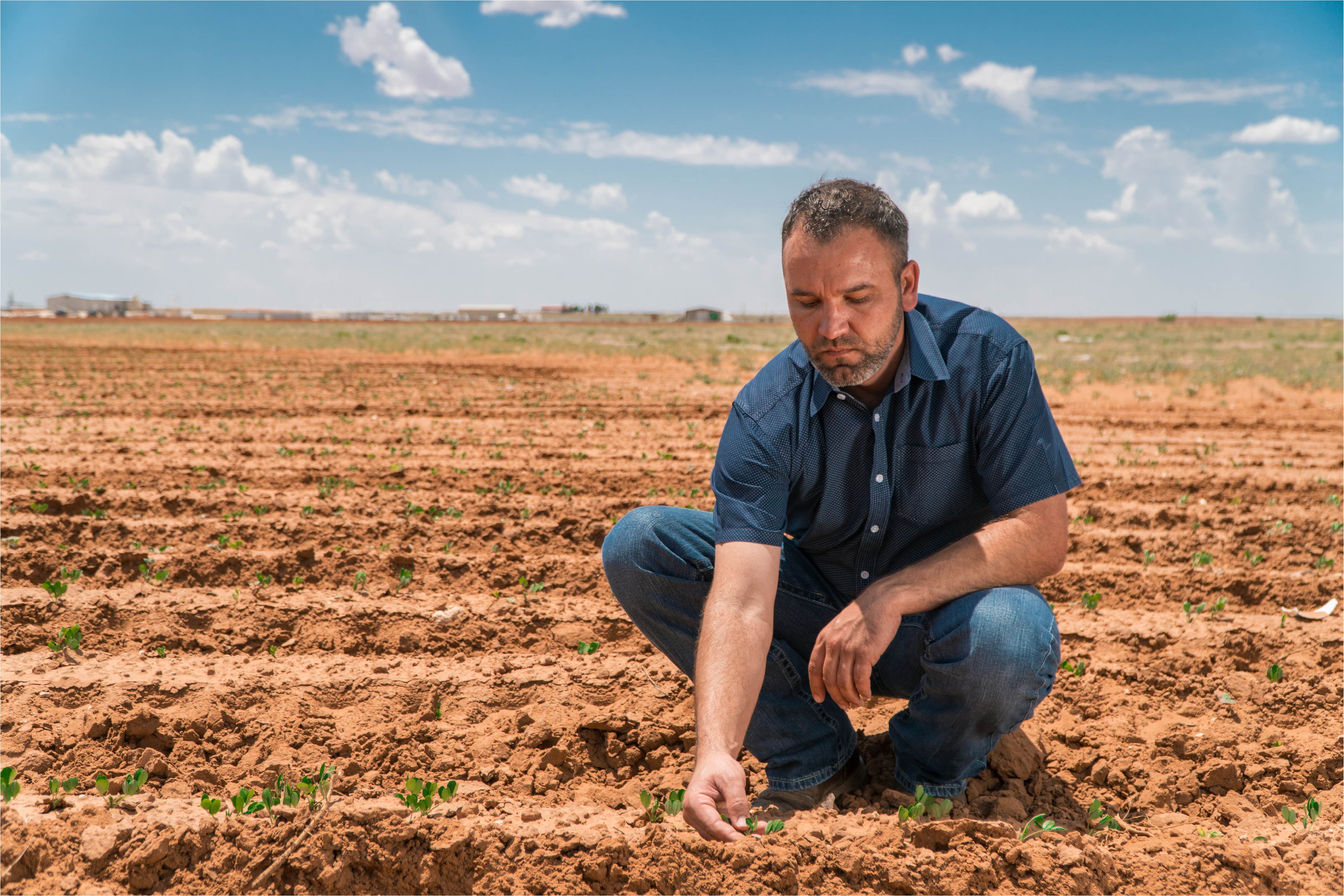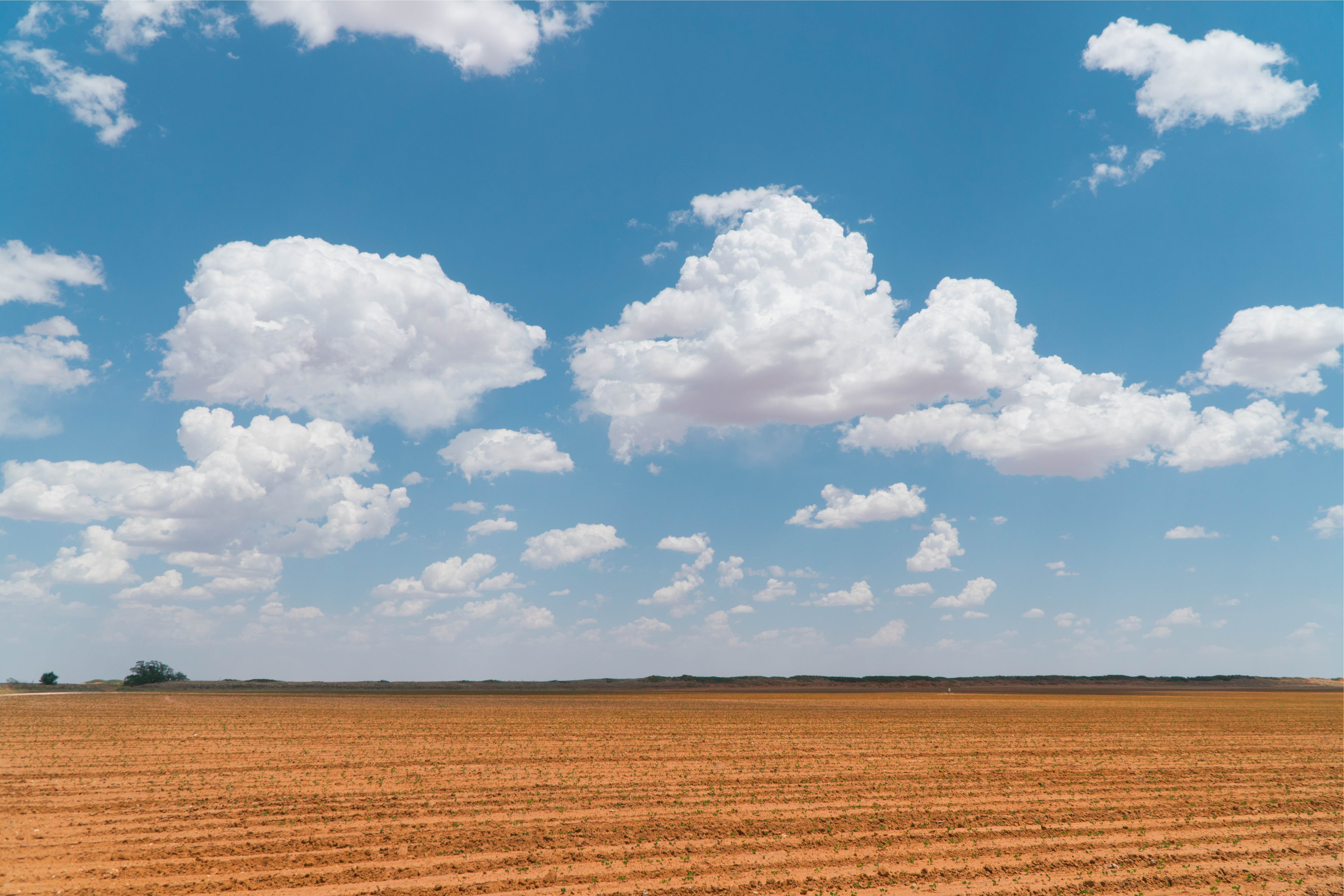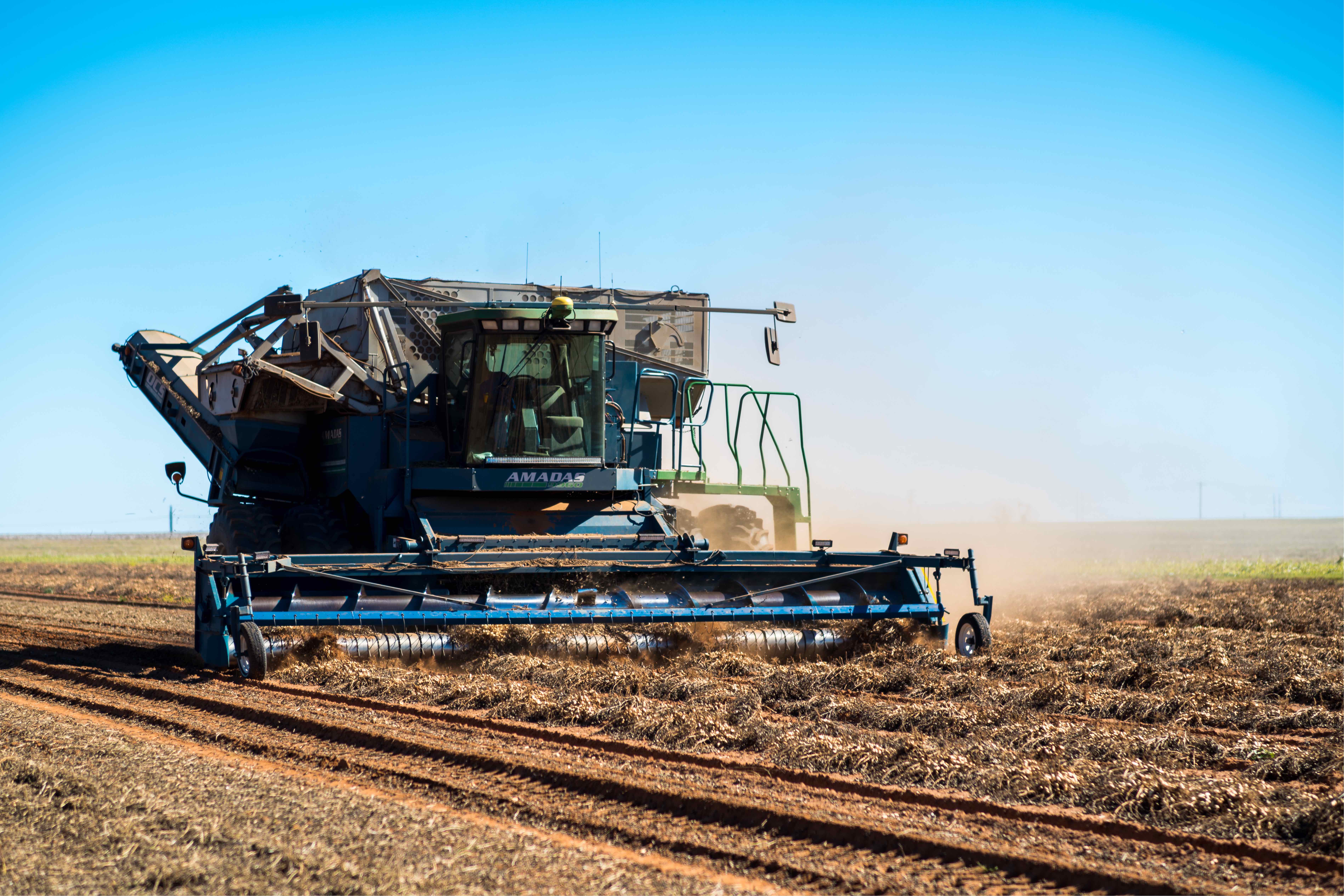Did you know that in 2017, Statista reported that peanut butter dollar sales in the United States amounted to approximately $1.85 billion? That’s close to 530 million units sold! With numbers like those, it’s pretty clear that peanut butter remains a national staple that we’re all used to seeing in the pantry.
But have you ever wondered how peanuts make their way from the farm all the way to your neighborhood store’s shelves? This month, we’re taking a closer look at the hard work that is required to make all of our favorite peanut butter foods possible!
Step 1: Growing
Though it may seem simple, there’s a lot more that goes into the initial stages of peanut farming than you may think! In the late spring, when the soil has reached a minimum average temperature of about 65˚, peanut planting begins, but not until it has been tested and treated to ensure the most optimal, nutrient-rich growing environment. As one of the most sustainable food sources in the world, peanuts have the ability to conserve water, grow without the aid of fertilizers, and actually improve the quality of the soil through a process called nitrogen fixing.
Peanut seedlings will break the surface of the soil about 10 days after planting, with flowers appearing about 30 days after. Once these flowers begin to pollinate themselves, budding peanut ovaries called “pegs” penetrate the soil and grow until about 40 peanut pods have been produced.
Step 2: Harvesting
Depending on the peanut type and variety planted, farmers can begin harvesting after about 120-140 frost-free days of growth, but only when soil conditions are just right. Once it’s determined that the soil is not to wet or too dry, peanut plants are then dug up, shaken off, rotated, and placed back down in a windrow to dry over the course of the next two or three days.
Once peanuts are dry enough, they are then separated from their vines and placed in a hopper during a process known as “combining.” Peanuts can then make their way off to their next phase while their vines are returned to the earth, serving either as a natural soil fertilizer or livestock feed.
Step 3: Processing
After harvesting, peanuts make their way to processing plants where they are cleaned to remove any leaves, trash, or other foreign objects. After cleaning they are shelled and put through a process known as “blanching,” which makes it easier to remove the skin off of the peanut. Depending on the product to be made, some peanuts are further cooked by roasting and then crushed or left whole depending on their size. Peanuts are also a zero-waste food source, meaning that after processing, by-products are then used in many different items, with the rest of the approved peanuts moving forward to become any number of delicious foods, including the almighty peanut butter.
Step 4: From the Plant to the Rest of the World
Once peanuts have been processed, they can begin their journey to a shelf near you in the form of food that you and your family can enjoy! As one of the most nutritious and water-efficient food sources available, peanuts are helping innovate the way that different environmental, wellness, and sustainability issues are approached in every corner of the world.
For more information regarding peanuts, peanut products, and more, visit texaspeanuts.com and subscribe to our blog!



